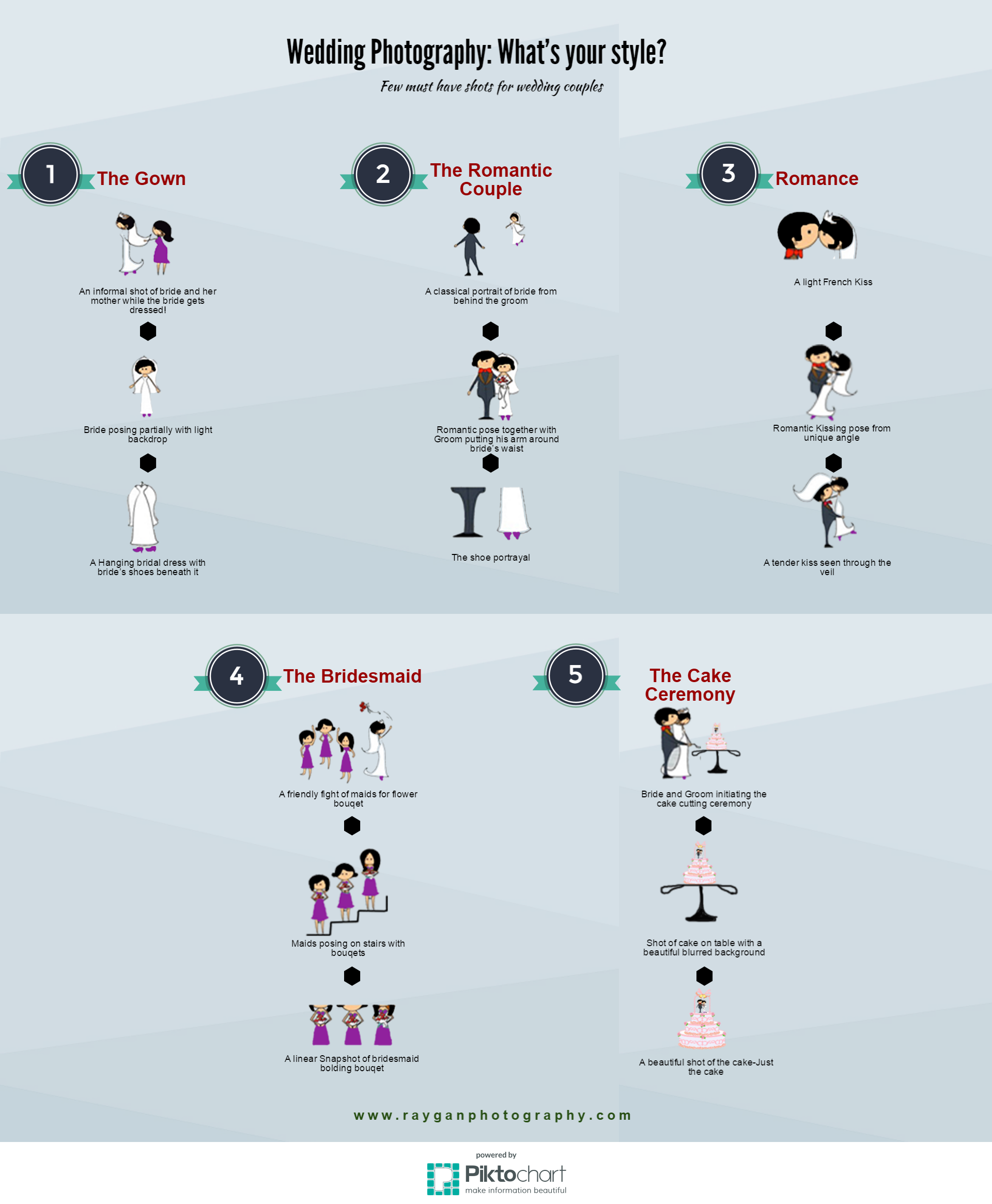Digital Photography Tips For Beginners: Grasping Your Camera Quickly
Digital Photography Tips For Beginners: Grasping Your Camera Quickly
Blog Article
Web Content By-Christian Turan
When you first grab your camera, it can feel frustrating with all the settings and alternatives readily available. You could find yourself questioning exactly how to browse aperture, shutter rate, and ISO efficiently. Grasping these basics is vital, but there's more to digital photography than just technical knowledge. Recognizing structure strategies and lights problems can boost your images significantly. So, what if you could discover basic strategies to improve your abilities and start capturing remarkable photos quicker than you assume? Let's check out how to change your digital photography journey.
Comprehending Video Camera Setups
Comprehending your video camera settings is crucial for capturing sensational photos. When you pick up your cam, acquaint yourself with the 3 main settings: aperture, shutter speed, and ISO. Each plays an essential function in how your pictures turn out.
Begin with aperture, which manages the amount of light getting in the lens. A bigger aperture (lower f-number) allows much more light and develops a gorgeous background blur, ideal for portraits. On look at this site , a narrower aperture (higher f-number) maintains even more of the scene in focus, perfect for landscapes.
Next off, concentrate on shutter speed. This setting establishes how long your cam's sensor is revealed to light. A fast shutter speed ices up movement, which is fantastic for activity shots, while a sluggish shutter speed can create spectacular impacts like smooth water in landscapes.
Lastly, readjust your ISO. This setting impacts your video camera's sensitivity to light. A higher ISO is useful in low-light scenarios yet can introduce sound or grain. Aim for the lowest ISO possible while still attaining proper direct exposure.
Composition Methods
When you're out capturing, make-up can make all the difference in just how your images resonate with audiences. Begin by utilizing the rule of thirds; envision your structure divided into nine equivalent sections with 2 straight and two vertical lines. Position key elements along these lines or at their junctions to produce balance and rate of interest.
Next, take into consideration leading lines. These all-natural lines in your scene, like roads or rivers, attract the visitor's eye into the photo, assisting them via the tale you're telling.
Don't forget about mounting; use aspects within your scene, like trees or home windows, to create a structure around your subject, adding deepness and emphasis.
Likewise, keep an eye on your history. A cluttered background can distract from your major subject, while an easy one assists it stick out.
Lastly, trying out proportion and patterns; they can create a striking photo that records focus.
Learning Lighting Conditions
Understanding lighting conditions is important for catching spectacular photographs, as the ideal light can change an average scene into something extraordinary.
Beginning by observing natural light at various times of the day. Mornings and late afternoons supply the most effective light, referred to as the golden hour. The soft, cozy tones throughout these times can improve your images perfectly.
Do not shy away from cloudy days either; diffused light can minimize rough shadows and develop a pleasing effect, specifically for portraits.
Explore backlighting by positioning your topic versus the light. This technique can create a dreamy halo result and include depth to your photos.
Pay attention to your electronic camera setups also. Adjust the ISO, aperture, and shutter rate to match the lighting problems. A greater ISO can aid in low light, but beware of grain.
Utilize a tripod in darker settings to stay clear of blur.
Lastly, don't fail to remember artificial lights. Flash and continual lights can be great tools for managing light in difficult conditions.
http://francessammie.xtgem.com/__xt_blog/__xtblog_entry/__xtblog_entry/37565091-imaginative-digital-photography-concepts-unleashing-your-creative-imagination?__xtblog_block_id=1#xt_blog
To conclude, mastering your electronic camera does not need to be frustrating. By comprehending your settings, using make-up methods, and using the power of natural light, you'll quickly raise your photography abilities. Keep in mind, practice makes best, so venture out there and trying out your newly found understanding. With time and dedication, you'll be catching sensational images that mirror your unique viewpoint. Appreciate the journey, and do not neglect to have a good time while you're at it!
